Apple Announces the iPhone 6s and iPhone 6s Plus
by Joshua Ho on September 9, 2015 7:14 PM EST- Posted in
- Smartphones
- Apple
- Mobile
- SoCs
- iPhone 6s
- iPhone 6s Plus
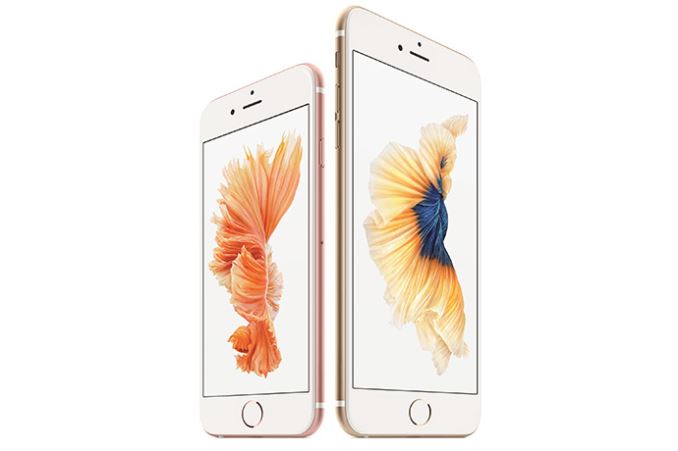
Today, Apple announced their refresh of the iPhone 6 lineup, the iPhone 6s and iPhone 6s Plus. For those that are unfamiliar with Apple’s “s” refreshes, these are years in which the iPhone doesn’t receive a visual design update but a number of internal aspects are significantly revised and updated. In the case of the iPhone 6s, this includes changes to display, SoC, new cameras, wireless connectivity, TouchID, and front-facing flash. I’ve summarized these changes in the table below.
| Apple iPhone Generations | ||||
| Apple iPhone 6 | Apple iPhone 6 Plus | Apple iPhone 6s | Apple iPhone 6s Plus | |
| SoC | Apple A8 | Apple A9 | ||
| Display | 4.7-inch 1334 x 750 IPS LCD | 5.5-inch 1920 x 1080 IPS LCD | 4.7-inch 1334 x 750 IPS LCD | 5.5-inch 1920 x 1080 IPS LCD |
| WiFi | 2.4/5GHz 1x1 802.11a/b/g/n/ac, BT 4.2, NFC | 2.4/5GHz 2x2 802.11a/b/g/n/ac, BT 4.2, NFC | ||
| Storage | 16GB/64GB/128GB | |||
| I/O | Lightning connector, 3.5mm headset | |||
| Size / Mass | 138.1 x 67 x 6.9 mm, 129 grams | 158.1 x 77.8 x 7.1 mm, 172 grams | 138.3 x 67.1 x 7.1 mm, 143 grams | 158.2 x 77.9 x 7.3mm, 192 grams |
| Camera | Rear Facing 8MP iSight with 1.5µm pixels + True Tone Flash Front Facing 1.2MP f/2.2 |
Rear Facing 8MP iSight with 1.5µm pixels + True Tone Flash + OIS Front Facing 1.2MP f/2.2 |
Rear Facing 12MP iSight with 1.22µm pixels + True Tone Flash Front Facing 5MP f/2.2 |
Rear Facing 12MP iSight with 1.22µm pixels + True Tone Flash + OIS Front Facing 5MP f/2.2 |
| Price | $99 (16GB) | $199 (16GB) | $199/299/399 16/64/128GB | $299/399/499 16/64/128GB |
For the most part, it’s really rather difficult to talk in great depth about these changes because right now we don’t have a lot of detail which will probably be saved for a full review. One example of something that we can’t test or really notice at all is the change to the build materials. While the display glass is still glass, Apple is claiming the strength of this cover glass is greatly improved from the iPhone 6. The aluminum of the back cover has also been strengthened, with the iPhone 6s using a custom 7000-series aluminum alloy to improve strength.
On the display side of things Apple has added a precise force sensing layer to the display module which allows for a whole range of new interactions with the smartphone. This force sensing technology is called 3D Touch by Apple, to differentiate from Force Touch on Apple Watch which is basically just a single force sensor to allow for a single force gesture within a context. The addition of a taptic engine helps to enable strong and useful haptic feedback when using 3D Touch gestures. While not part of the display, TouchID has also improved to enable much faster unlock speed.
The SoC is also brand-new and much faster. Apple disclosed up to 70% CPU performance improvement and 90% GPU performance improvement, and is built on a leading edge FinFET process. Judging by the lack of disclosure of specific process node the possibility that A9 will be using both Samsung 14nm and TSMC 16nm still exists. The Apple A9 SoC in the iPhone 6s will also have the M9 motion coprocessor built into the SoC itself, which should improve power efficiency by virtue of being on a leading-edge process rather than lagging behind on 28nm or something similar. The addition of always-on Siri voice activation is also possible due to the new A9 SoC.
The new camera is also part of the major announcement this time around as the iPhone 6s now has a higher resolution to support 4K video recording. This new camera is 12MP, with 1.22 micron pixel size which means that sensor size is effectively identical to the iPhone 6 and 5s at 1/3”. Technologies like deep trench isolation and modified color filter array are said to help with low light performance. Deep trench isolation has been seen before in camera sensors like the One M7 ST-Micro Cinesensor/Ultrapixel sensor, and Samsung’s ISOCELL sensors, which is likely needed in order to drive these smaller pixel sizes.
The front-facing camera has also been updated to a 5MP unit, with a display flash mode to enable low light selfies. Using the display for flash has been done before by companies like LG, but Apple’s claim for differentiation is that they’re detecting ambient light and using their display LED driver to boost LED brightness up to 3x the maximum brightness of the display in normal operation with the right white balance to ensure good color rendering.
The camera will also have Live Photos, which captures a photo that is a short moment in time with sound, which could also be said to be a video. If this sounds a lot like HTC’s Zoe feature, it’s probably because it definitely shares some similarities in that regard. However, as far as I can tell unlike HTC’s implementation Live Photos is mostly seamless and only shows animation when you do a force touch or if you’re swiping from one photo to another in the gallery.
On the wireless side, the iPhone 6s brings LTE-A with speeds of up to 300 Mbps. The modem design win wasn’t disclosed, but it’s probable that Qualcomm’s Gobi modems are in at least some iPhone 6s variants. Apple did disclose that the iPhone 6s can support up to 23 LTE bands, which makes the iPhone 6s one of the closest phones to single global SKU on the market today.
WiFi is also improved with two spatial streams for up to 866 Mbps on 5 GHz 802.11ac. The two antennas are likely to be integrated into the top and bottom metal sections of the phone, which likely means that peak WiFi performance will have to be achieved by not touching either section. Of course, this isn’t going to be another antennagate though because it’s likely that all RF that relies on the lower antenna to work will also have an antenna tuner to reduce detuning effects.
The iPhone 6s and 6s Plus will go on sale starting September 25th, and preorders begin September 12th. Pricing will be identical to the iPhone 6 last year, with the 16GB 6s starting at 199.99 USD on contract and the 16GB 6s Plus starting at 299.99 USD on contract. Unlocked pricing is likely to start at 649.99 USD and 749.99 USD respectively. Both phones will be available in silver, space gray, gold, and rose gold.


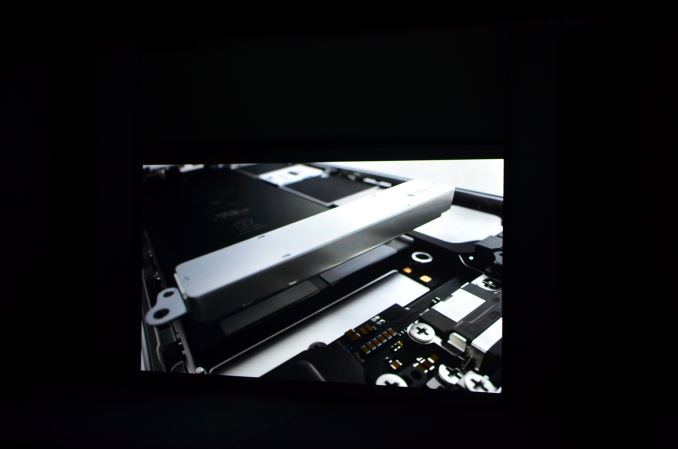

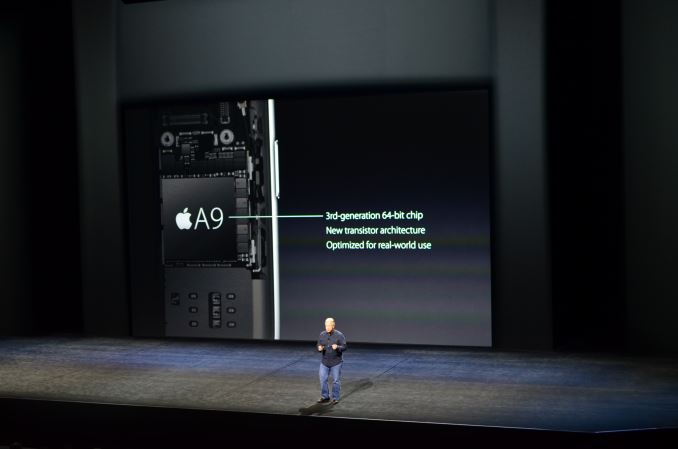
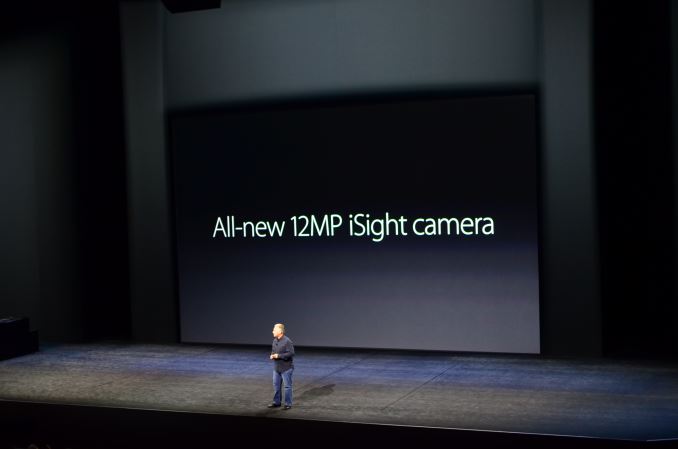
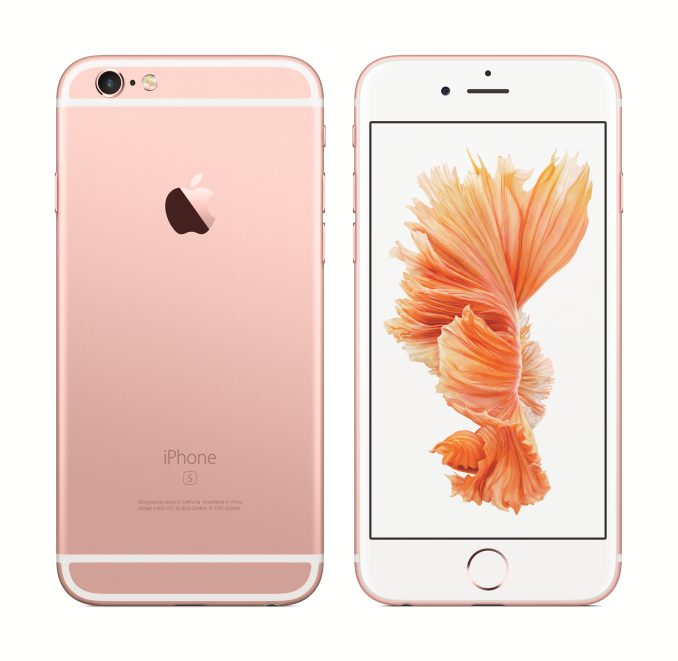
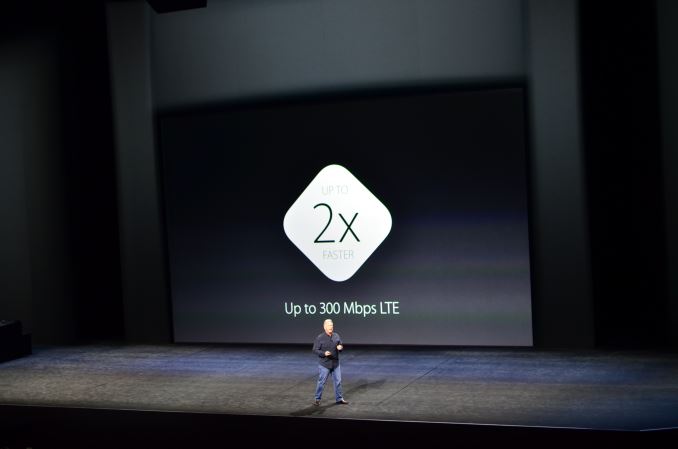
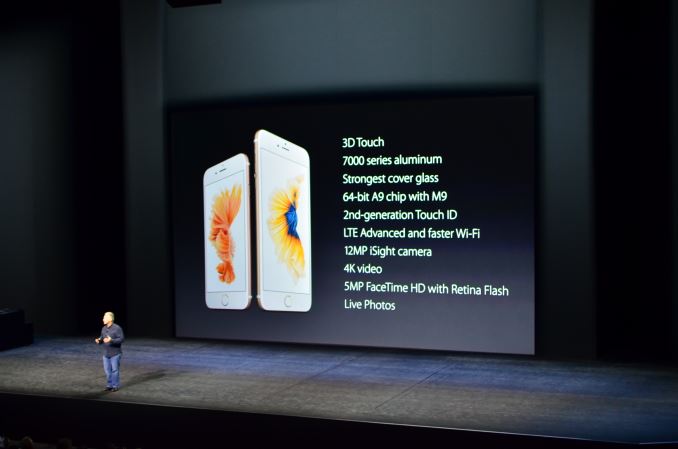









62 Comments
View All Comments
nerd1 - Wednesday, September 9, 2015 - link
So they increased the pixel count without increasing the sensor size... wonder how anandtech will justify this this time.Taneli - Wednesday, September 9, 2015 - link
It's likely a better camera, regardless of the smaller pixels. Probably a Sony sensor again.JoshHo - Wednesday, September 9, 2015 - link
We don't exist to justify Apple's decisions. It remains to be seen whether they can maintain the low light quality that they did with the iPhone 6 Plus.ImSpartacus - Wednesday, September 9, 2015 - link
Cmon, you didn't need to reply to that.Have some class. Anand never bickered with commenters.
JoshHo - Thursday, September 10, 2015 - link
Apologies, it was not my intention to attack, but to be clear that I'm maintaining an open mind about the pixel size reduction.akdj - Friday, September 11, 2015 - link
Seriously? Class?The very FIRST comment in the ComSec essentially sums up in a sentence Anandtech is an Apple employee, full of shit when it comes to reviews 'with justifications' and challenges to author on a perfectly well written concise 'pre'view of iPhone 6s.
News bro. YouAren'tSpartacus and if you're Greek, I'd bail. Not sure they'll be selling them, they're having a hard time paying off their governments order for skinny jeans from January 2013.
Thanks Josh for stepping in. Didn't sound like an attack to me. Anand didn't 'bicker' but indeed participated in discussions and when the first comment of his time spent/written article ...regardless of how long the research and writing took ...was directed at 'him' being a paid or compensated Apple school damned straight would've engaged Anand
You aren't Spartacus but you do need to learn comprehension (reading). Bickering isn't responding to a direct insult and bullshit accusation with a professional, two sentience response. Concise. Professional. Not negative and directly responding to the horse's ass that wrote the ridiculous comment. The first comment of an article he knew all along he was going to disrespect the writing of by commenting on. First.
When was the last time Apple regressed on their camera's abilities? They've led the way photographically and their 1080p/60 looks better than the 4K from my Note 4. S6 is right there and arguably a bit better with resolution but it's sammys new phone. Three months old. The iPhone 6s is Apple's 2015 flagship like Sammys S6.
No need for justification. Pick it up and shoot it at a colorful shot at low or default ISO, lowlight cranking up ISO AMD comparing resolution shot photos --- easy. Nothing to justify. It's better or its not. Backlit sensors, included imaging sensor processors dedicated to the camera (CPU and GPU and memory specifically for the shooter) {ISP}, as well, Apple's dedication to squeezing the most out of each sensor they've used.
I own the 6+, Note 4 and S6. What I'd consider three of the the four horseman on the market. Don't to brass tacks, I love the S6 due to its size and hold ability but the iPhone when it comes to stills, 720 & 1080p motion. Not that the S6 is 'worse' but it's not as quick with the reviews popping up, it's more convoluted settings aren't necessarily helpful and it's default high megapixel resolution is 16x9. Fine to crop a 4x3 or 3x2 shot but definitely outta the ordinary creating extra work.
The OS system of the iPhone is better than the Note 4 or S6 and they're a bit on the warm side shooting anything over two minutes of continuous 4K motion. I've had my S6 reboot while shooting 4K after about six minutes (four clips totaled the six minutes).
I do like the S6 dbl tap to the home button though as a camera launcher. And it's an excellent still and motion cam ...just Apple does it better hear in year out. Even with the comparison of iCloud Drive and Google's Drive integration and aggregation, Apple takes the cake for backing our family up, making it easy to locate old shots, and enjoy the best possible shots in mobile.
This is gonna be a helluva phone
prisonerX - Friday, September 11, 2015 - link
First thread and we're into a fanboi cat fight.Taneli - Wednesday, September 9, 2015 - link
High resolution DSLRs like D800 and A7R have shown that high pixel count sensors can have high performance at low light. When interpolating to same resolution as photos from sensors with fewer but bigger pixels, the averaging operation will significantly reduce the noise. This is especially true when sharing photos to places like Facebook (2048px wide), Instagram (1080px wide), Whatsapp (1280px wide) and so on. Newer sensor also helps.V900 - Thursday, September 10, 2015 - link
You cant compare a DSLR, with its massive lens, soaking up any light available, with the tiny opening in a cellphone.lmcd - Thursday, September 10, 2015 - link
Independent of his validity? Yeah, he can.Best of all? It's valid -- ironic that someone who (I assume) attempts to follow the industry doesn't see how the large scale and small scale implementations learn from the others' techniques. See: every new Intel processor learning from ARM, while ARM's designs keep getting bigger and more Intel-like. Maxwell's gains from smartphone GPU design. I could go on.